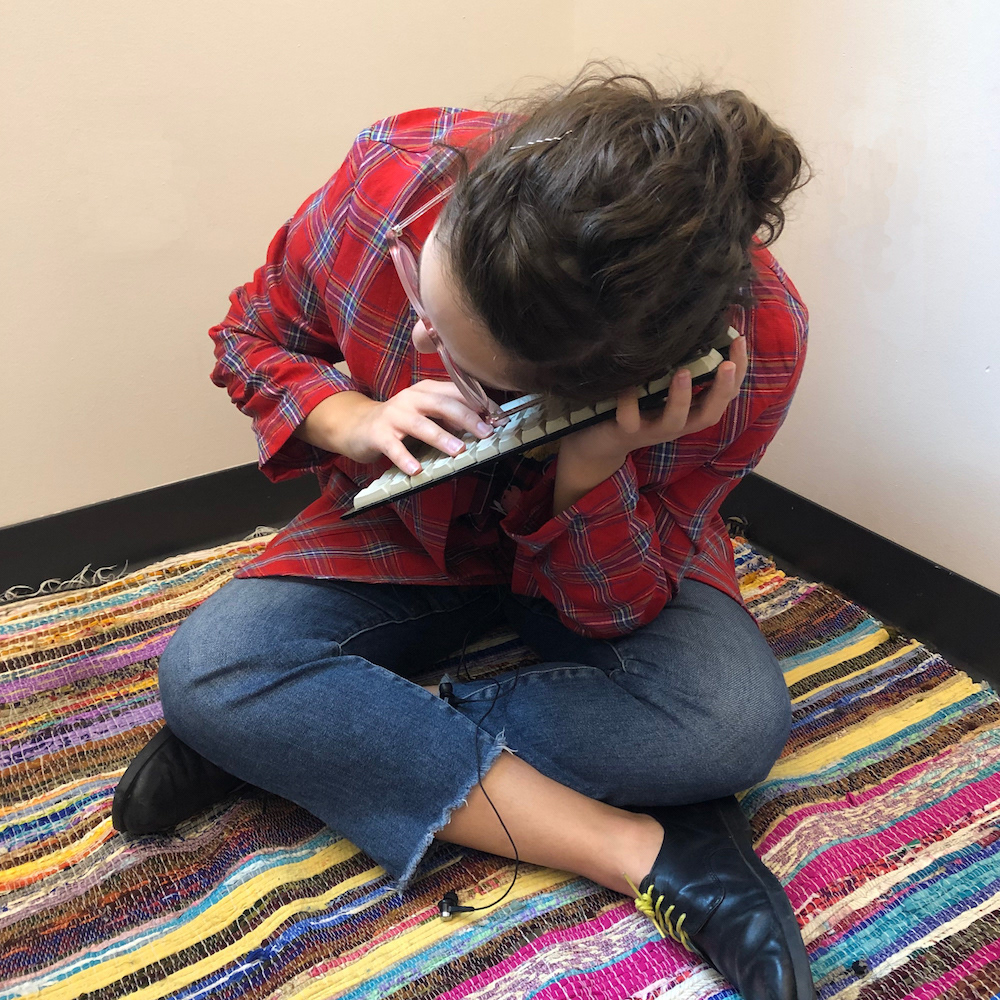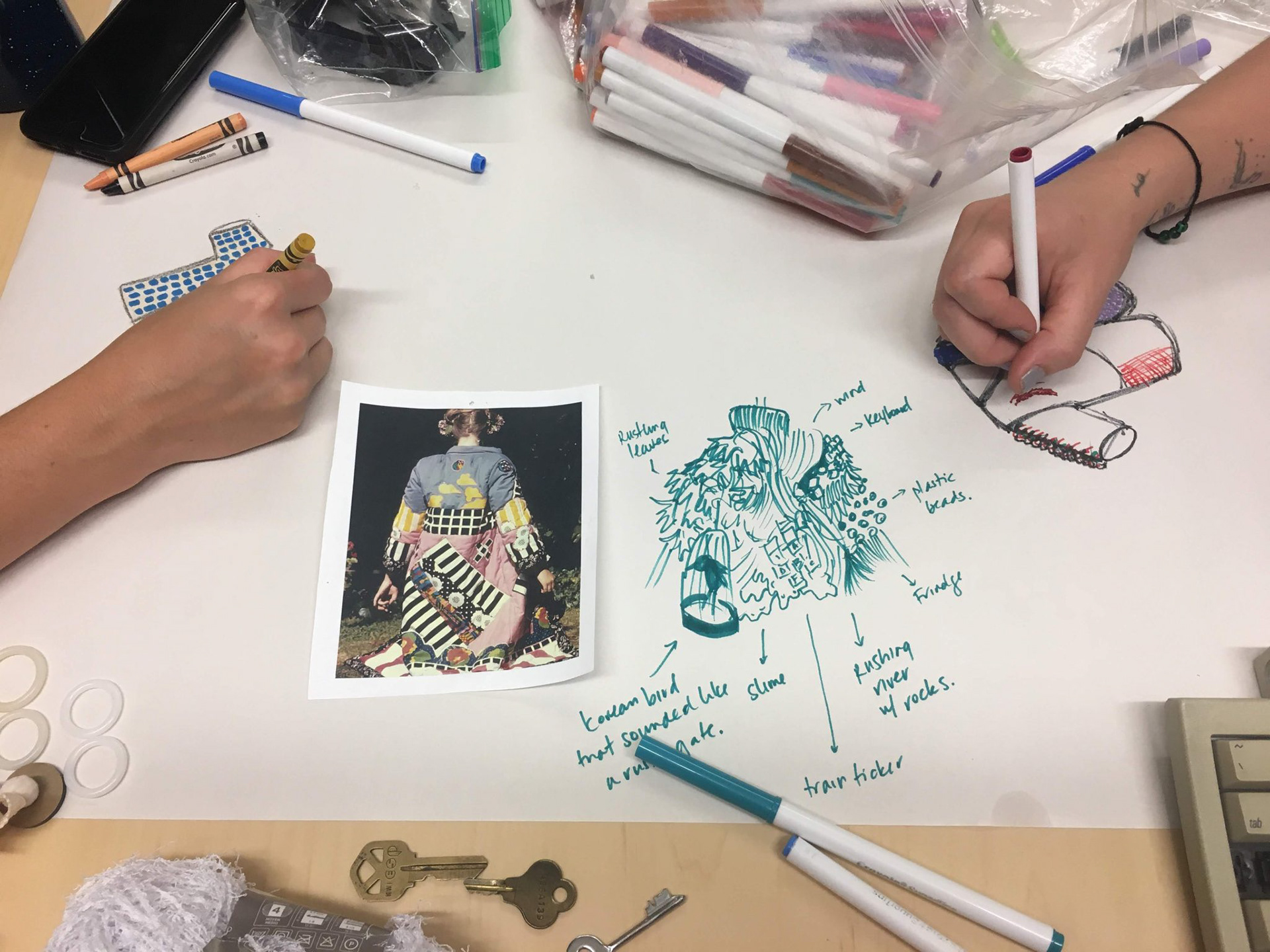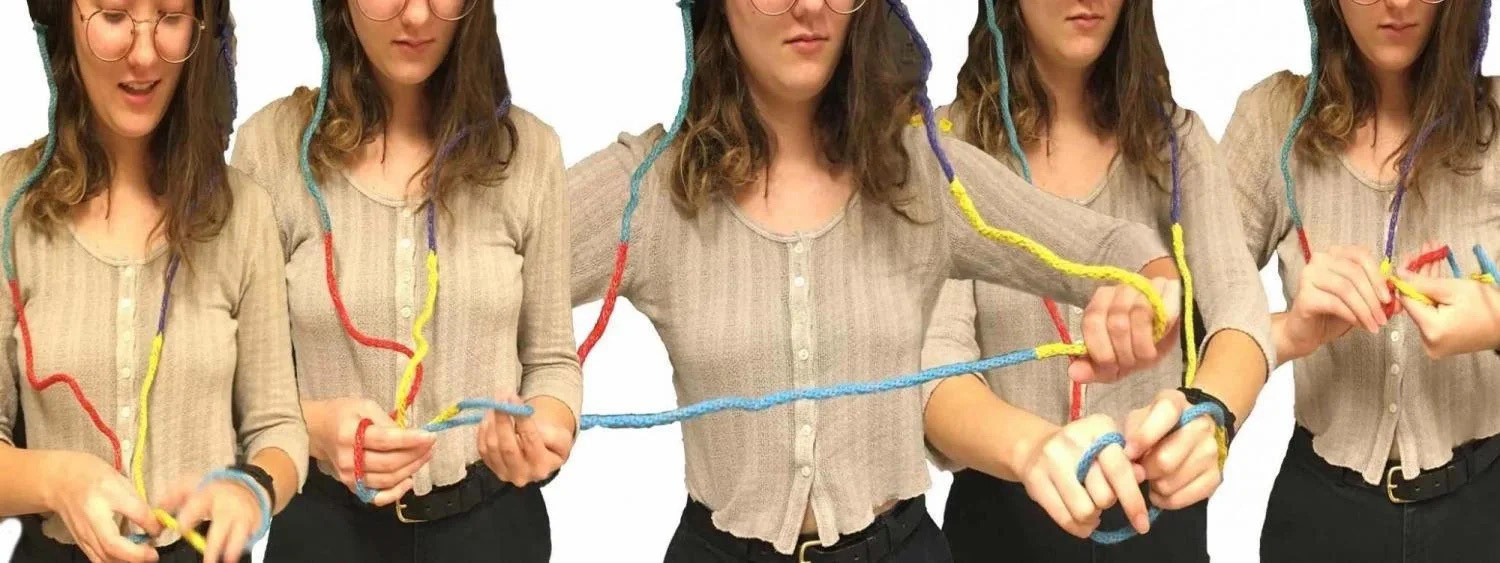Research
ASMR as Design Inspiration
When I first watched an ASMR video I was both fascinated and confused. I found these videos to be fantastically strange because they had an uncanny way of taking conventionally boring objects and situations and turning them into a source of interest and relaxation for millions of people. I wondered if the way that we interact with ASMR videos is reshaping our relationships with technology. Or perhaps indicative of some cultural shift that is already underway.
Over the course of a year, I worked with Professor Laura Devendorf to gain a deeper understanding of ASMR related media and whether or not it could be relevant to the design of technology, specifically the wearable kind. This project included: an indepth look at ASMR videos on youtube and tried to isolate their unique aesthetic qualities; a pilot study where users took home a “sonic toolkit” in order to understand how “ASMR-like” sounds relate to everyday life; and an interview with a Melinda Lauw, a “live” ASMR creator. The project culminated in the creation of two interactive garments that are based off of Laura and I’s individual interpretations of how ASMR videos can inspire wearable technology for connecting meaningfully with our surroundings.


String Figuring
The string figure sensor is a concept or early prototype for a string-based sensor that can know something of its own shape. We created a proof of concept by knitting conductive thread and wool around a wire core, resulting in a semi-rigid loop that feels similar to a pipe cleaner in one’s hands. When someone plays with the loop, the crosses and knots created in it result in measurable changes in resistance. We take resistance measurements at five points along the length of the loop to create a resistance “signature” that correlates to various shapes or figures created with the string.
